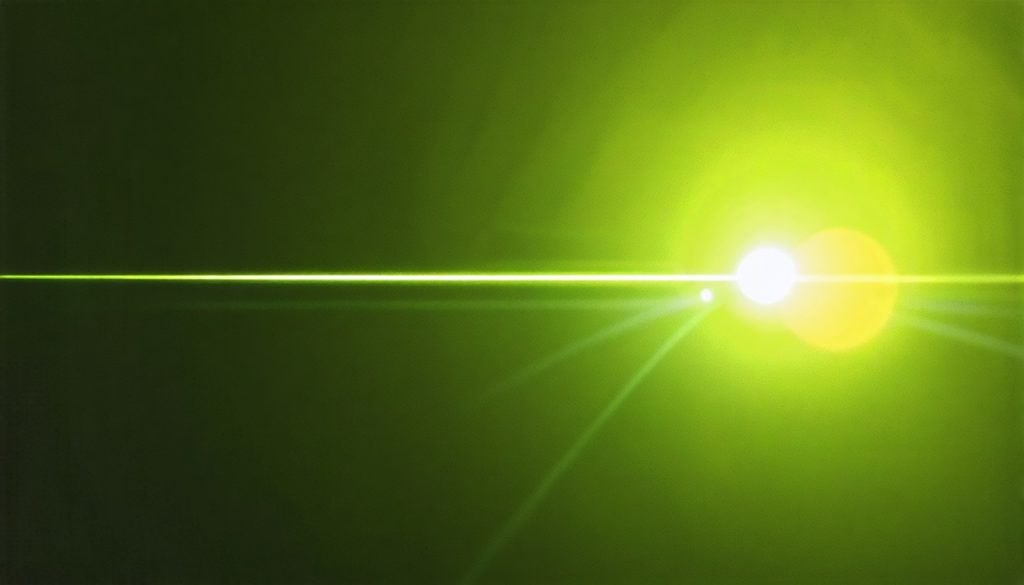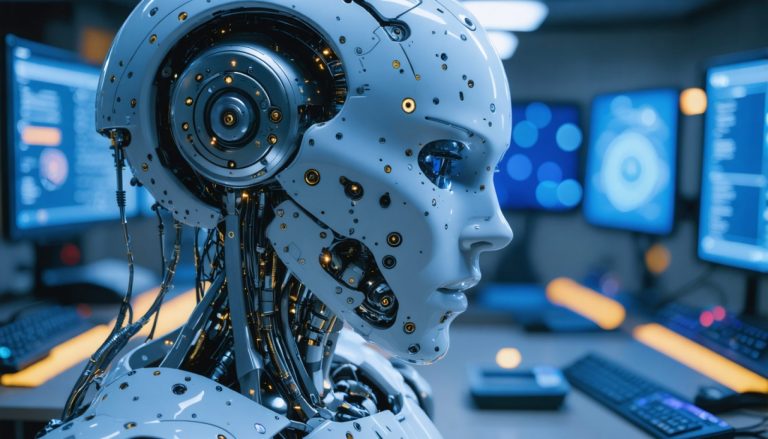
- Chemist Igor Lednev is at the forefront of forensic science, developing laser-based technology to revolutionize crime scene investigation.
- The technology uses a laser beam to create a unique “fingerprint” pattern from samples, which AI can rapidly analyze for identifying DNA profiles in real-time.
- This method promises to provide comprehensive suspect data almost immediately, vastly improving the efficiency of investigations.
- Lednev aims to apply this to gunshot residue analysis, offering a cost-effective solution that detects all types of residue.
- The U.S. Department of Justice has granted over $500,000 to support this research, indicating its potential impact.
- Future applications include portable devices for on-the-spot forensic analysis, merging scientific innovation with practical law enforcement needs.
- The advancement signifies a critical evolution in forensic capabilities, promising more accurate and timely justice delivery.
In a dimly lit laboratory at the University at Albany, Chemist Igor Lednev stands at the forefront of forensic science, pioneering a method that promises to transform the landscape of crime scene investigation. With over a decade spent fine-tuning this innovation, Lednev is developing a laser-based technology that could arm law enforcement officers with instantaneous insights at crime scenes—shifting the balance of justice in their favor.
The magic begins with a laser beam illuminating a sample. This illumination causes scattered radiation, a unique pattern akin to a fingerprint—an unassailable identifier that artificial intelligence can swiftly analyze. This emerging technology holds the promise of acquiring a complete DNA profile from samples in near real-time, a process that traditionally demands extended hours or even days. Imagine a future where officers have comprehensive suspect data almost immediately after arriving at the scene; the implications are profound.
Lednev ventures further into the forensic world, extending the application of his technology to gunshot residue analysis. Current methods pose challenges in expense and effectiveness, often faltering against varied types of residue. Lednev’s solution not only reduces costs but also boasts an impressive capability of detecting every trace of residue—a comprehensive approach unmatched by existing methodologies.
Notably, the United States Department of Justice acknowledges the potential impact of Lednev’s work, affirming its value with a generous grant exceeding $500,000, aimed at propelling this research forward over the next five years. Collaboration with police departments and forensic experts across New York state further enriches this venture, melding practical field experience with groundbreaking scientific rigor.
While forensic science often treads cautiously—every new method requiring exhaustive validation before it can bear the scrutiny of a courtroom—Lednev’s innovation is steadily gaining acceptance within this conservative field. His vision extends beyond the laboratory: to craft a portable device, accessible to officers on the ground, facilitating on-the-spot forensic analysis.
The trajectory of Lednev’s work underscores a pivotal moment in forensic science, illustrating how academic research, when deftly harnessed, can engender real-world impact. At the intersection of technology and law, this laser-driven method holds the power to not only enhance the accuracy of investigations but fundamentally alter how justice is served. As the pursuit of this remarkable technology continues, the horizon for crime scene investigation appears brighter than ever.
Revolutionizing Forensic Science: How Laser Technology is Shaping Crime Scene Investigation
The Transformational Vision of Igor Lednev in Forensic Science
In the groundbreaking world of forensic science, chemist Igor Lednev from the University at Albany stands out with a pioneering laser-based technology aimed at revolutionizing crime scene investigations. This innovative method could offer immediate insights, enhancing the speed and accuracy of law enforcement efforts.
How it Works: A Deep Dive into Laser-Based Forensic Technology
The technology employs a laser beam to illuminate samples, producing a unique scattering pattern. This pattern, akin to a fingerprint, can be analyzed in real-time using artificial intelligence, allowing for rapid acquisition of comprehensive DNA profiles. This approach promises to dramatically shorten the time needed to gather suspect data, shifting traditional timelines from days to mere moments.
Expanding Applications: Gunshot Residue Analysis
Beyond DNA profiling, Lednev’s technology shows promise in gunshot residue analysis. Current methods struggle with cost and effectiveness, but this laser methodology excels by identifying traces of residue across all types. It offers a comprehensive and cost-effective solution, potentially redefining how forensic evidence is gathered and processed.
Embracing Innovation and Overcoming Challenges
While Lednev’s technology holds significant promise, the cautious nature of forensic science means extensive validation is necessary before courtroom application. Nonetheless, the growing acceptance of this method within the field is encouraging. Lednev envisions portable devices that can be utilized on-site by law enforcement, a goal that could transform real-time crime scene analysis.
The Role of Funding and Collaboration
The United States Department of Justice has recognized the potential impact of Lednev’s work, supporting it with a substantial grant exceeding $500,000. This funding reflects confidence in the technology’s future applications and aims to propel the research forward in collaboration with police departments and forensic experts across New York state.
Real-World Use Cases: Implications for Law Enforcement
1. Immediate Data Acquisition: Officers can receive DNA profiles on-site, facilitating quicker suspect apprehension.
2. Improved Accuracy: Increased precision in residue analysis may lead to more accurate crime reconstructions and stronger court cases.
3. Cost-Effectiveness: Reducing reliance on expensive traditional methods could make this technology accessible to more agencies.
Market Forecast and Industry Trends
The forensic technology market is set for significant growth, with advancements like Lednev’s being at the forefront. The drive towards real-time analysis tools aligns with industry trends emphasizing AI integration and portable devices.
Pros and Cons Overview
Pros
– Speed: Rapid data processing outpaces current forensic methods.
– Accuracy: Enhanced residue detection leads to more thorough investigations.
– Cost: Potential for lowered operational costs.
Cons
– Validation Time: Extensive testing is required before device formal approval.
– Acceptance: Widespread adoption depends on legal and forensic industry acknowledgment.
Expert Insights and Predictions
Experts predict that as the technology matures, it will not only improve the efficiency of current forensic practices but also open doors to advanced investigative methodologies. Anticipated future iterations of the technology might integrate seamlessly into standard police work, becoming a fundamental tool in crime scene investigations.
Actionable Recommendations
– Stay Informed: Law enforcement agencies should monitor developments in forensic technology for future integration.
– Training and Workshops: Agencies might begin training personnel in potential new methodologies to prepare for eventual implementation.
– Collaboration: Establish partnerships with research institutions to stay ahead in forensic science advancements.
For more information on cutting-edge forensic technologies, visit University at Albany or explore resources from United States Department of Justice on supporting forensic innovation.



